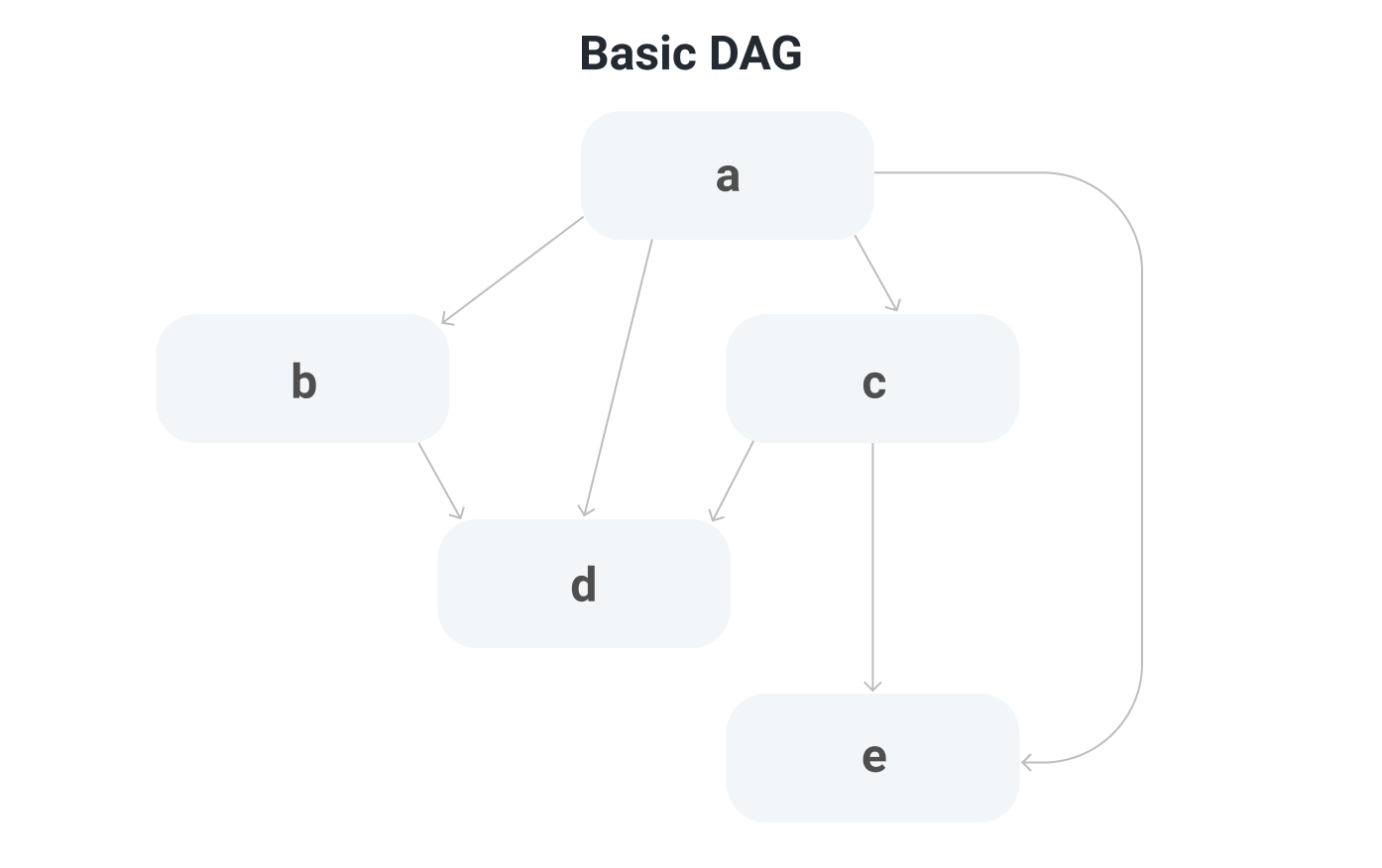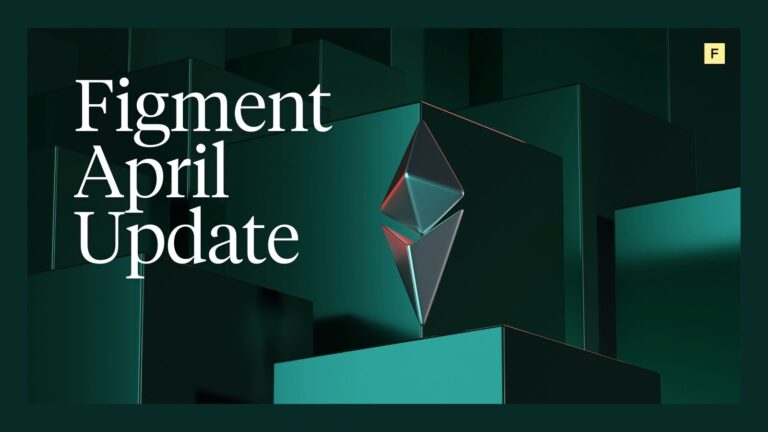Avalanche is a prominent layer 1 ecosystem and smart contract platform that allows interoperable blockchains to be created. Avalanche has 3 different chains called the X-Chain, the P-Chain and the C-Chain. The X-chain deals with asset transfers and creation, the P-chain deals with subnet creation and subnet coordination, and the C-chain with smart contracts and EVM compatibility. The Avalanche network is powered by AVAX as its native token which is a top 10 token by market cap.
Avalanche’s Grand Triad of Tokenomics – Misconception 1:
A triad of misconceptions exist about Avalanche’s tokenomics, specifically regarding the following facts:
- Many people are unaware that AVAX is a hard-capped asset and what the implications of this are.
- Many people are unaware that only 720,000,000 AVAX will ever be minted and this is an inalterable parameter which is not subject to change even if on-chain voting is instituted.
- Many people are unaware that all AVAX fees are burnt, drastically decreasing Avalanche’s supply with higher levels of adoption.
AVAX is a hard-capped asset which means the amount of AVAX minted is limited and can never exceed the cap placed on it. There can only ever be 720 million AVAX in existence. And according to the Avalanche Whitepaper, one of the features of AVAX is that this hard-cap can never be changed since it’s programmatically embedded into the system as an inalterable parameter. What are the implications of this and why does it matter? Well it matters because most people do not yet know how AVAX is programmatically scarce by default! And clustered and coupled with other effects such as burning and adoption rates, will make AVAX an extremely scarce asset in the long-run.
Furthermore, Avalanche inverts an assumption that many protocols take for granted. Namely: that fees should be given to the community, delegators or validators. Avalanche instead uses its fee structure to bolster its tokenomics by burning all the AVAX. This reduces the supply and as long as the demand stays the same, or increases, then the value of AVAX will vastly increase in the future. AVAX burning is initiated mainly through blockchain creation fees, subnet creation fees, token creation fees and transfer fees.
As Avalanche garners more mainstream adoption, its scarcity-based tokenomics will vastly reduce the supply via burning, consequently creating a cycle in which the more adoption and use cases that flourish on the Avalanche network, the scarcer AVAX becomes. As shown by snowtrace’s analytics, the burning of AVAX is in constant upward trend with more and more AVAX being burnt each quarter. The total sum of AVAX burnt can be seen here and is edging closer and closer to the 2 million AVAX mark. We anticipate new burning milestones to be hit in record time going into the future.
Misconception 2: Avalanche is just one blockchain or has 3 blockchains.
Reality: Avalanche has 2 blockchains and a DAG
A common misconception is that Avalanche is just a single blockchain or has 3 blockchains, however both of these are false. Contrary to popular opinion, Avalanche has 2 blockchains and 1 Directed Acyclic Graph (DAG), but it has 3 distributed ledger technologies (DLTs). DAGs are basically an alternate form of distributed ledger technologies like blockchains that confer a different set of advantages, namely, ultra-high TPS and rapid confirmation times. If you would like to see a deeper dive on DAGs, then please check out my other article on Avalanche’s DAG.
So why does Avalanche use a DAG? Because Avalanche’s X-Chain’s main function is transferring AVAX, it requires DAG technology to enable its ultra-high TPS and rapid finality. It allows anyone exchanging tokens to do so in a lightning fast way with exceedingly low fees of 0.001 AVAX compared to other layer 1 blockchains.
Avalanche requires DAG technology as it allows the following:
- Batched transactions
- Highly performant
- Ultra-high TPS
- 0.001 AVAX fees
- Rapid TX finality
- Necessary for next generation distributed ledger technologies to thrive and achieve global mass adoption
The architecture of the “primary network” (Avalanche’s X, P and C-Chains) reveals a level of sophisticated forethought and systems design which essentially made it so that each DLT should engage in a form of optimization through the use of division of labor in order to achieve unique chain specialization.
Both Avalanche’s C-Chain and P-Chain use traditional blockchains architectures which makes logical sense considering their needs and the functions of each chain.
The X-chain must:
- Be capable of frictionless and rapid asset transfers
- Asset creation
The C-Chain must:
- Be compatible with Ethereum technology such as: wallets, dApps, developer tool kits, smart contract interactivity, and uses ETH gas.
- Enable frictionless porting dApps from Ethereum
The P-Chain must:
- Deal with Subnet and all validator metadata
- Create new subnets
- Create new blockchains
Because the P-Chain and C-Chain only needs to fulfill the functions above, it does not need the incredibly high TPS performance of the X-Chain DAG. Hence, why only the X-chain uses DAG technologies.
Misconception 3: That Avalanche uses only 1 consensus protocol
Reality: Avalanche by design requires 2 consensus protocols
This misconception goes hand-in-hand with conception 2. So why does Avalanche require 2 different consensus mechanisms and why does it use the Avalanche consensus? Because Avalanche’s X-Chain uses DAG technology to allow asset transfers with 4,500 TPS and with transaction finality in under 2 seconds, it therefore entails the use of a different consensus mechanism due to its DAG architecture. Avalanche’s DAG requires a consensus layer on top of it before the above feats and batched transactions (called vertexes) can function properly.
The consensus protocol Avalanche uses is based on the chain in question and goes as follows:
- X-chain uses the Avalanche consensus mechanism
- P-chain uses the Snowman consensus mechanism
- C-chain uses the Snowman consensus mechanism
The novel consensus mechanism used on the X-Chain based DAG is called the Avalanche consensus. In addition, the Avalanche consensus uses the snowball algorithm which, in layman’s terms, engages in repeated sub-sampling of nodes to turn a preference into a final decision. Avalanche node’s initiate the snowball algorithm upon the occurrence of a conflict set on the DAG in order to determine transactional veracity. Snowball exists to prevent double spends and decisively adjudicate which transactions are legitimate within a conflict set. In other words, the snowball algorithm informs transaction consensus, enabling the consensus to be reached. The Avalanche consensus ultimately allows the DAG’s batched transactions to be confirmed with intervals of confidence called chits and then confirmed.
Since blockchains are chronologically and linearly ordered and not topologically ordered like the X-chain DAG, both the C-chain and P-chain use Avalanche’s snowman consensus rather than the Avalanche consensus. Avalanche’s P-chains and C-chains don’t require near sub-second finality, extremely high TPS or 0.001 AVAX fees of the X-chain.

Misconception 4: Subnets are just blockchains
Reality: Subnets have multiple definitions, people use the term subnet synonymously with blockchains, although they are in fact technically a dynamic set of validators.
Although the term “subnet” is used interchangeably and synonymously with blockchains by many people, subnets are a bit more complex than that. The term subnet is polymorphous and many people use it to mean “A blockchain on Avalanche”. However, the definition of subnet is technically: “A Subnet, or Subnetwork, is a dynamic set of validators working together to achieve consensus on the state of a set of blockchains.” according to Avalanche’s FAQ page.
According to Avalanche’s documentation of transaction fees, under the fee schedule, it shows that the process of creating a subnet and blockchain are distinct. This proves that creating a subnet is distinct from creating a blockchain: although both incur a 1 AVAX burn.
A new question arises, if subnets are just blockchains what is the value proposition they bring? Many blockchain in and of themselves have no intrinsic value, so why would subnets bring value to the avalanche ecosystem and wider web 3 space at large?
Because subnets are a dynamic set of validators that help network consensus for a blockchains, it opens up many opportunities for new projects to start with an ample validation set ready to work in tandem with the project.
The unleashing and unlocking of subnets is a stargate-esque event of monumental importance in the wider web 3 ecosystem. It brings value not because subnets are just blockchains but because of the following:
- Validators could in the future lease blockchains to projects for sale
- Validator subnet auctions or blockchain auctions could occur for projects, platforms or launchpads to accumulate
- Horizontal scaling capabilities for the primary network
- Horizontal scaling capabilities for any project that wants to scale beyond more than one blockchain or wants a system optimized blockchains for specific functionalities. (multi-blockchain functionality for other projects similar to Avalanche’s primary network.)
- Virtual machines running EVM, WASM, B-Script, etc.for some level of cross-ecosystem value (In the future will encompass more ecosystem VMs and branch out further, with VM instantiation also increasing.
- Highly customizable and flexible in design so they can be compliant with regulatory and jurisdiction laws.
- Native blockchain token can be used for gas fees (prevent s network congestion like we have recently seen on Ethereum
- Virtualize entire ecosystems such as Ethereum, Solana etc. on Avalanche.
- No vying for blocspace, therefore higher TPS as the transaction are not clogged by dApps
- Has scalability baked into its core due to horizontal scaling capabilities of Avalanche’s subnet technology, so the primary network could spin up another X-Chain DAG if necessity dictated it.
- This is effectively akin to redistributing or maintaining the traffic within the confines of its own little city rather than clogging up the special economic zone.
Conclusion
The Avalanche ecosystem is abound with misconceptions just like the wider web3 world, and disentangling all of them can be a difficult task for those not living and breathing the ecosystem. With all new technologies, a lag exists between understanding of that potential before it transpires and the materialization of the potential. It’s now time to investigate and put our notions under the microscope and critically evaluate them, in the hope that this evaluation provides long-term understanding about Avalanche’s technology and its probable trajectory.


